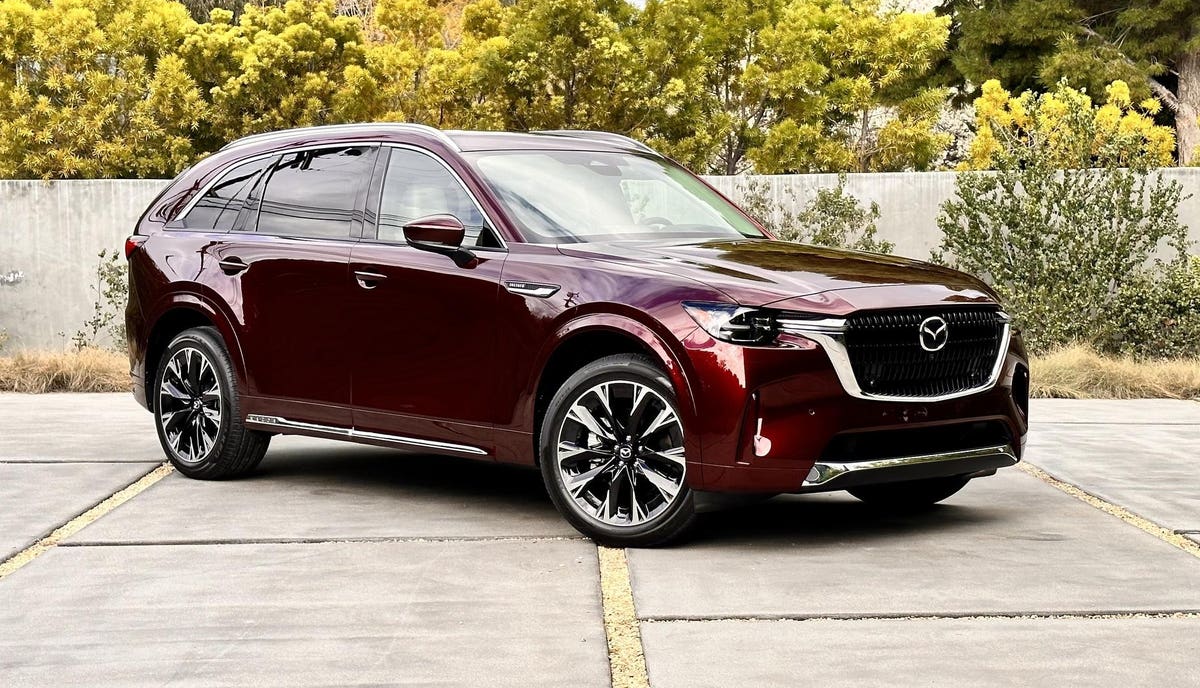Factory warranties are more than just paperwork, they’re a statement of confidence. A strong warranty can not only offer peace of mind, it can also significantly reduce ownership costs and make or break a car buying decision.
Meanwhile, short or limited warranties can leave owners exposed to expensive repairs sooner than expected, especially as vehicles age or rack up mileage.
Let’s break down five automakers offering the most generous factory warranties, and five whose underwhelming warranty coverage can catch owners off guard.
5 Automakers With Long Factory Warranties
Automakers that back their cars with extended coverage often attract buyers who want long-term peace of mind without relying on pricey extended warranties. Here are five automakers that go the extra mile by offering some of the longest and most valuable factory warranties in the business.
1. Hyundai
Warranty: 5 years/60,000 miles (basic); 10 years/100,000 miles (powertrain)
Hyundai’s warranty has become its calling card. Since the early 2000s, the South Korean automaker has used its lengthy coverage to shake off its former reputation for subpar reliability.
The 10-year/100,000-mile powertrain warranty is especially notable, offering long-term security for major engine and transmission components. The coverage only applies to the original owner, but even the second-hand coverage is better than what many rivals offer.
Hyundai Motor Company, established in 1967 and headquartered in Seoul, South Korea, has evolved into one of the world’s largest and most influential automotive manufacturers. Operating under the Hyundai Motor Group alongside Kia and Genesis, Hyundai made its entry into the U.S. market in the 1980s with a focus on affordability and fuel efficiency.
Although its early vehicles were often criticized for quality issues, Hyundai responded with aggressive improvements in engineering, design, and customer service. Over time, the brand has transformed its reputation and now competes with major players like Toyota, Honda, and Ford.
One of Hyundai’s most attractive selling points in the U.S. market is its class-leading warranty coverage, boldly promoted as “America’s Best Warranty.” This generous package includes a 5-year/60,000-mile basic (bumper-to-bumper) warranty, covering most components except for typical wear-and-tear items like brakes and tires.
What truly sets Hyundai apart is its powertrain warranty, which extends to 10 years or 100,000 miles for the original owner. If the vehicle is sold to another party, the powertrain warranty reverts to the standard 5-year/60,000-mile coverage.
Additional benefits include a 7-year/unlimited-mile anti-perforation (rust) warranty and a 5-year/unlimited-mile roadside assistance program, which covers services like towing, jump-starts, and flat tire changes. Hyundai also stands behind its hybrid and electric models with a 10-year/100,000-mile warranty for battery and hybrid-specific components.
Hyundai’s long warranty coverage isn’t just impressive on paper, it speaks volumes about the brand’s confidence in its products. For budget-conscious American buyers, this warranty can translate into major cost savings on repairs over time.
It’s especially attractive for those who plan to own their vehicles for the long haul, as it provides peace of mind well beyond what most competitors offer.
In a market where warranty coverage often signals product quality, Hyundai has effectively used its warranty as both a marketing advantage and a customer satisfaction guarantee. If you’re looking for reliability, long-term value, and strong support from the manufacturer, Hyundai delivers on all fronts.
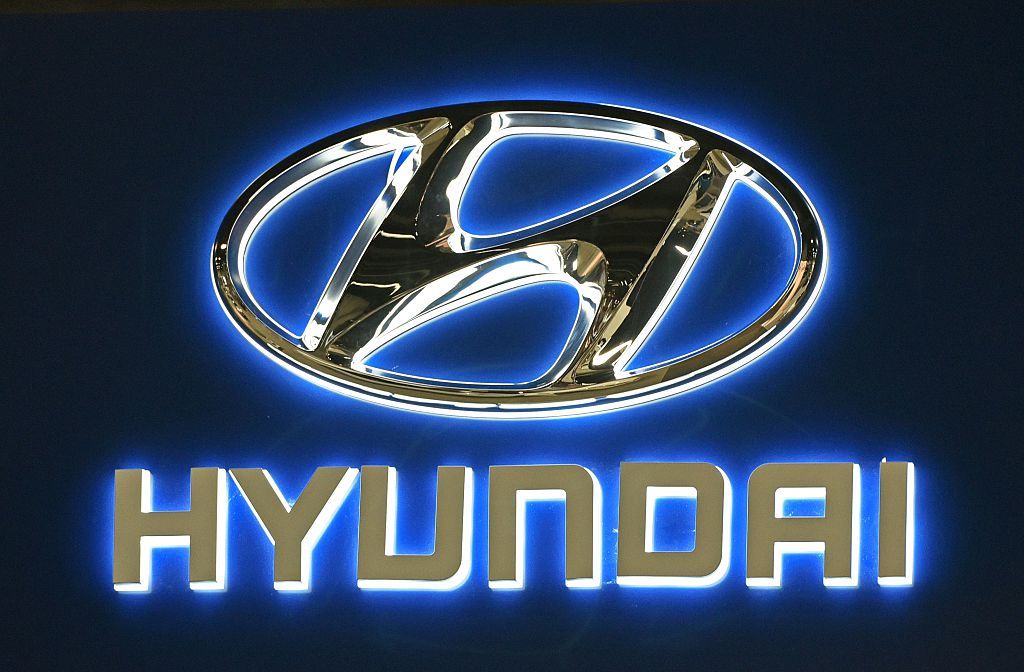
Also Read: 5 Cars With Reliable Infotainment Systems and 5 That Glitch Nonstop
2. Kia
Warranty: 5 years/60,000 miles (basic); 10 years/100,000 miles (powertrain)
As Hyundai’s corporate sibling, Kia mirrors its warranty structure almost identically. Buyers benefit from the same extended peace of mind and low long-term ownership costs.
Kia also includes 5 years/100,000 miles of corrosion protection, which is above industry average. Like Hyundai, the powertrain warranty is limited to the first owner, but overall, Kia’s offering stands out in a market where most rivals stop at 60,000 miles.
Cars represent a major investment for most drivers, regardless of income level, and automakers are fully aware of that fact.
Typically, new car factory warranties last for either three years or 36,000 miles, whichever comes first. Most manufacturers also provide a separate powertrain warranty, which generally lasts five years or 60,000 miles, again depending on which limit is reached first.
The powertrain includes critical components like the engine, transmission, and other mechanical systems responsible for moving the vehicle.
As highlighted by The Drive, Kia distinguishes itself from other automakers with a standout powertrain warranty that extends for 10 years or 100,000 miles. This extended warranty was first introduced to the market in early 2008. Any Kia vehicle manufactured in 2008 or later comes equipped with this notable coverage.
Motor1 emphasizes that such an extensive warranty is a bold indicator of Kia’s trust in the durability and reliability of their engineering.
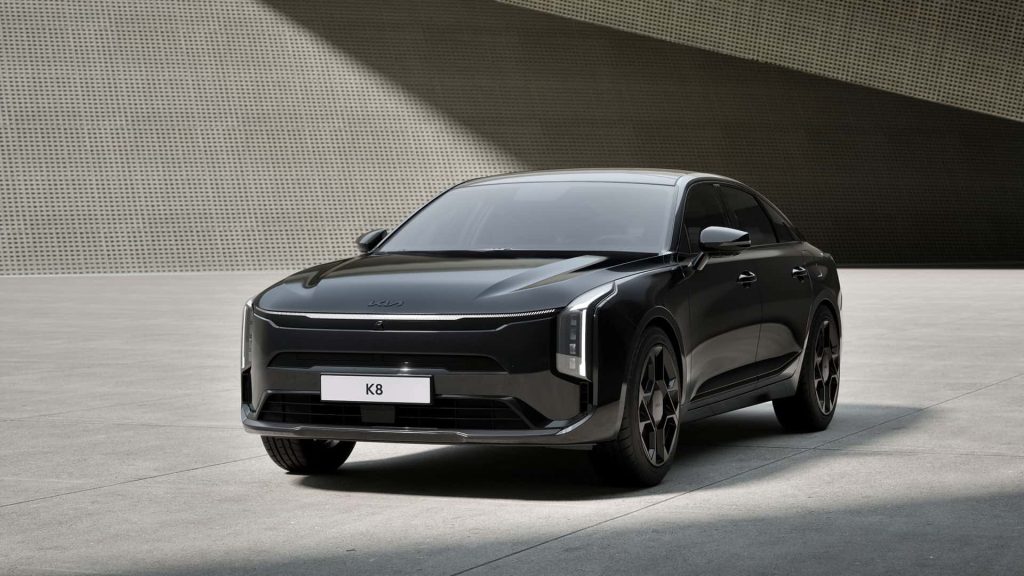
Consider this: offering to cover major powertrain components for a full decade could be financially risky if those components were prone to failure. Yet, Kia’s willingness to provide this coverage suggests that they are not concerned and that speaks volumes.
The warranty remains valid for up to 10 years or 100,000 miles, depending on which milestone the vehicle hits first. It’s a strong endorsement of long-term mechanical reliability.
According to Kia of Marin, the brand also includes a five-year or 60,000-mile limited basic warranty that acts as comprehensive bumper-to-bumper coverage.
As the name implies, this warranty is designed to protect nearly all parts of the vehicle located between the front and rear bumpers. However, components that are expected to wear down through normal use, like brake pads, tires, and windshield wipers, are not covered.
For example, if you buy a new 2021 Kia Sorento, The Drive notes that this basic warranty will cover any manufacturing defects or issues caused by poor workmanship or faulty factory materials. That said, problems stemming from accidents or environmental factors are excluded from this coverage.
While routine maintenance receives limited assistance under the warranty, following Kia’s recommended maintenance schedule is the best way to ensure continued coverage and maximize the warranty’s benefits.
Auffenberg Kia points out that buyers also receive a five-year or 100,000-mile limited anti-perforation warranty. This particular coverage applies to corrosion and perforation of body panels that originates from the inside of the panel and moves outward.
However, it’s important to understand that this warranty does not extend to damage caused by external forces such as car accidents or extreme weather conditions, like hailstorms.
3. Genesis
Warranty: 5 years/60,000 miles (basic); 10 years/100,000 miles (powertrain)
Genesis, Hyundai’s luxury spin-off, retains the generous warranty that helped its parent company rise to prominence. That’s not something you often see in the luxury segment.
German rivals like BMW and Audi don’t come close in this area. Plus, Genesis includes 3 years/36,000 miles of complimentary maintenance and concierge service, adding real-world value to its premium proposition.
Every Genesis vehicle is backed by one of the most comprehensive warranties in the automotive industry, enhanced by roadside assistance and premium concierge services. Genesis Roadside Assistance is specifically designed to offer both safety and convenience for owners who require repairs.
The Enhanced Roadside Assistance program provides select services remotely, directly at the vehicle’s location, or can coordinate the delivery of a loaner vehicle through specialized concierge agents. This allows owners to receive timely help without needing to leave their location.
Through Genesis Connected Services or a simple phone call to a Concierge, remote diagnostics can be run to assess certain issues. In cases where an immediate fix is possible, a Roadside Concierge is dispatched to the vehicle to handle problems such as flat tires, dead batteries, lockouts, and more.
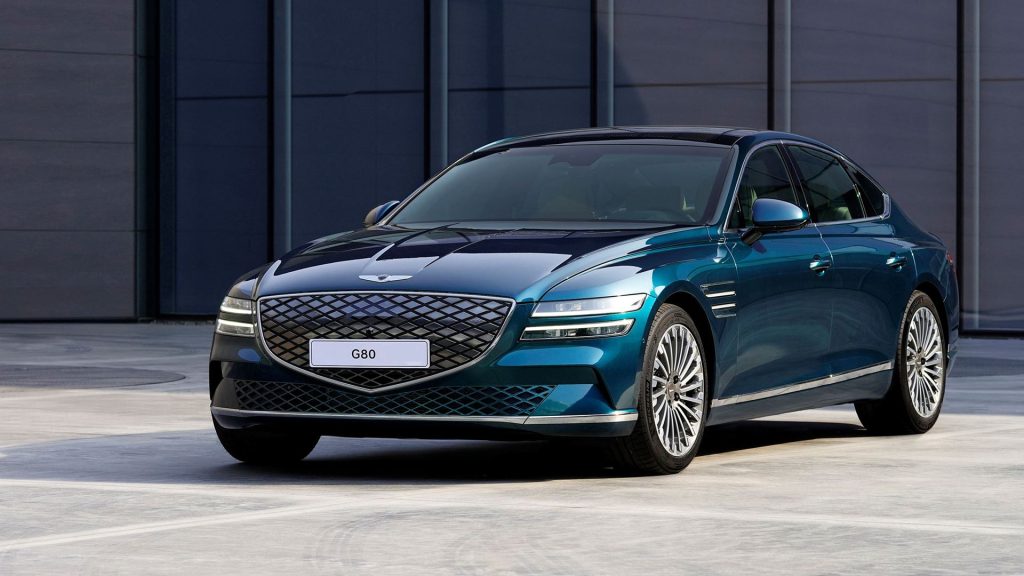
If the issue is more serious, Genesis offers the convenience of delivering a complimentary loaner vehicle right to the customer while their car is repaired at an authorized Genesis brand retailer.
Genesis assistance goes beyond just the basics. The program includes enhanced towing coverage and trip interruption services, ensuring that if a vehicle becomes disabled, the owner can rest easy knowing help is available 24/7, every day of the year. These services are designed to provide maximum peace of mind, no matter where or when a breakdown occurs.
What truly sets Genesis apart is its unmatched warranty coverage in the luxury segment. All models come standard with a 10-year/100,000-mile powertrain warranty, a five-year new vehicle warranty, and seven years of anti-perforation protection.
This level of coverage is virtually unparalleled in the premium vehicle market and reflects Genesis’s deep confidence in the quality and durability of their vehicles.
4. Mitsubishi
Warranty: 5 years/60,000 miles (basic); 10 years/100,000 miles (powertrain)
Mitsubishi may be a smaller player in the U.S. market, but its warranty coverage is a major reason buyers still consider the brand.
Its 10-year powertrain coverage matches Hyundai and Kia, making it a smart pick for budget-conscious shoppers. The downside? Limited dealer network and lackluster model range but if you want coverage without the premium price, Mitsubishi delivers.
Mitsubishi vehicles are supported by a comprehensive warranty program designed to give buyers peace of mind. A standout component of this offering is the powertrain warranty, which generally lasts significantly longer than the standard vehicle warranty.
Mitsubishi provides coverage for up to 10 years or 100,000 miles, whichever comes first, demonstrating their confidence in the quality and reliability of their engineering.
This long-term warranty coverage serves as a clear commitment to customer satisfaction and vehicle longevity. For potential buyers, understanding the depth of Mitsubishi’s warranty offerings can influence purchasing decisions and enhance the ownership experience.
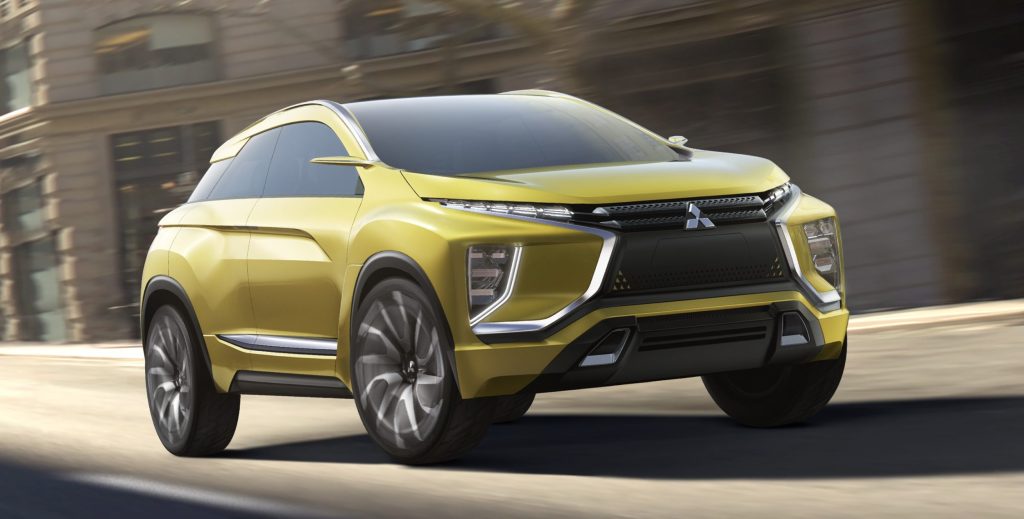
When purchasing a new Mitsubishi, customers automatically receive a new car warranty that typically lasts for five years or 60,000 miles. This warranty is designed to cover most vehicle components against manufacturing defects or issues that occur during normal use.
It provides reassurance during the critical early years of ownership by ensuring that problems with vital systems such as the engine, transmission, and electronics are repaired without additional cost.
The comprehensive nature of this coverage reflects Mitsubishi’s dedication to delivering dependable vehicles right off the showroom floor.
Mitsubishi’s powertrain warranty stands out as one of the most robust in the industry. It provides protection for essential components like the engine, transmission, and drivetrain for up to 10 years or 100,000 miles. This level of coverage is crucial for owners, as powertrain repairs can be among the most expensive.
5. Volkswagen (Notable Past Performer)
Warranty (2018–2019): 6 years/72,000 miles (basic and powertrain, bumper-to-bumper)
Though VW has since scaled back to a 4-year/50,000-mile warranty, it deserves mention because of its previous class-leading coverage during 2018–2019.
Many buyers were drawn in by the 6-year/72,000-mile bumper-to-bumper warranty, which was practically unheard of among mainstream brands. If you’re shopping used, certified pre-owned VW models from that era are still a fantastic deal based on warranty alone.
When you’re considering a Volkswagen, it’s important to understand the warranty options available to ensure peace of mind throughout your ownership experience. With a variety of plans to choose from, it’s understandable that navigating them can feel overwhelming.
That’s why I took the time to break down the key warranty offerings so you can make informed choices that best suit your needs and driving habits. Volkswagen’s warranties are designed to appeal to different preferences, and knowing the details of each can help maximize the return on your vehicle investment.
This coverage applies to most major vehicle systems, including essential components such as the engine, transmission, and electrical systems. It’s designed to protect against manufacturer defects and gives owners assurance that costly repairs won’t fall entirely on them during the early years of ownership.
In addition to the general coverage, Volkswagen offers a Powertrain Limited Warranty, which extends for six years or 72,000 miles. This warranty focuses specifically on critical powertrain components like the engine, transmission, and drivetrain.
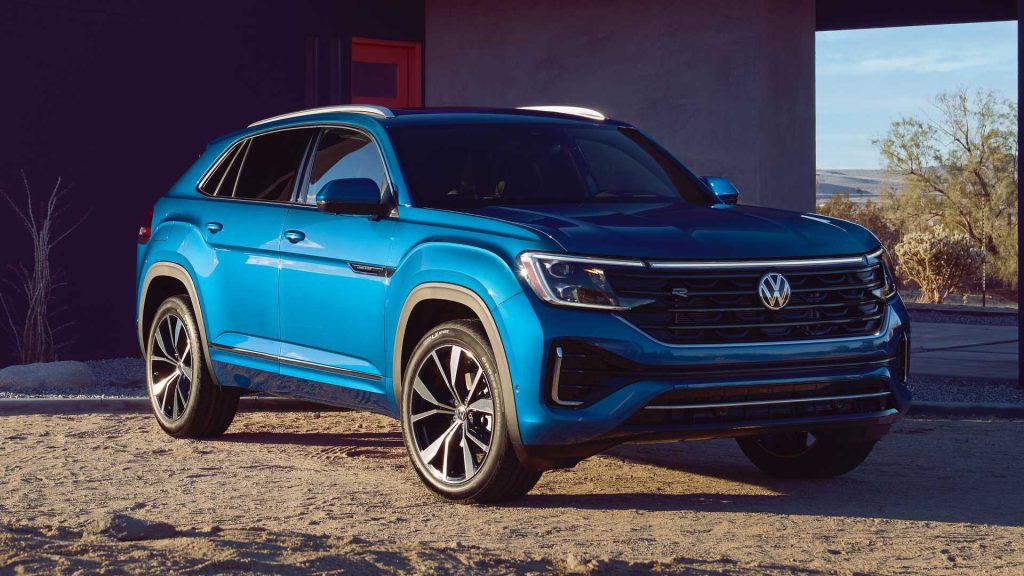
It’s especially valuable for those who live in areas with harsh winters or high humidity, where corrosion risks are higher. With this warranty, owners don’t have to worry as much about exterior body damage caused by natural wear over time.
To support drivers when unexpected issues arise, Volkswagen includes complimentary Roadside Assistance for a period of three years or 36,000 miles.
This service offers practical support such as towing, tire changes, and lockout assistance. It’s a helpful benefit that ensures you’re never left stranded in case of a minor emergency, adding to the overall ownership experience.
It’s only applicable to vehicles that meet Volkswagen’s strict certification standards, ensuring that buyers of used cars still benefit from a high level of reliability and factory-backed protection.
Volkswagen offers a diverse range of warranty plans, each aimed at covering specific aspects of your vehicle and driving needs. Understanding these different types allows buyers to confidently choose the coverage that fits their usage, budget, and peace of mind expectations.
The Limited Warranty for new vehicles offers protection for four years or 50,000 miles. It includes coverage for a broad spectrum of vital vehicle systems such as the engine, transmission, and electrical components.
This warranty ensures that owners won’t be burdened with repair costs early in the vehicle’s life if something unexpectedly fails due to manufacturing defects.
Volkswagen’s Powertrain Warranty is an essential coverage plan that lasts six years or 72,000 miles. It focuses on the major components responsible for powering the vehicle, including the engine, transmission, and drivetrain.
Because these parts are crucial to a vehicle’s overall reliability, having them covered for a longer duration than the basic warranty provides additional confidence in day-to-day driving.
The Rust and Corrosion Warranty, also referred to as the Anti-Corrosion Warranty, offers protection for a full seven years with no mileage restriction.
This warranty covers damage caused by rust and corrosion to certain parts of the vehicle’s body structure. It reflects Volkswagen’s dedication to build quality and long-term customer satisfaction by preventing small cosmetic issues from becoming more serious structural concerns down the road.
Also Read: 5 SUVs With the Best Headlight Throw and 5 With Dark Spots
5 Automakers With Short Warranties That Hurt Owners
These short warranties can be a major financial blow, especially when costly repairs hit shortly after coverage expires. Whether it’s a lack of powertrain protection or skimpy bumper-to-bumper terms, these five automakers fall short, leaving owners footing the bill and wondering why they didn’t read the fine print.
1. BMW
Warranty: 4 years/50,000 miles (basic and powertrain)
For a luxury brand that commands premium pricing, BMW’s limited warranty coverage is surprisingly short. The lack of a separate powertrain warranty means owners are on the hook for expensive repairs after just 50,000 miles.
That’s a dangerous game, especially with complex turbocharged engines and cutting-edge tech prone to costly issues. And while BMW used to include 4 years of free maintenance, it now only offers 3 years/36,000 miles—and only for the first owner.
There’s also a Federal Emission Warranty that remains valid for 2 years or 24,000 miles, ensuring compliance with government-mandated emission standards.
Beyond just warranty coverage, owners of new BMW vehicles also benefit from BMW Ultimate Care, which includes all regularly scheduled maintenance for up to three years or 36,000 miles.
This plan helps reduce ownership costs by handling routine services at no additional charge. Alongside this, roadside assistance coverage is also complimentary throughout the entire duration of the warranty, providing a sense of security wherever your journeys take you.
For many drivers, especially those in areas like Roswell and Marietta, understanding the finer details of BMW’s new vehicle warranty can raise important questions. Specifically, it’s useful to know which parts are included and which situations might result in out-of-pocket expenses.
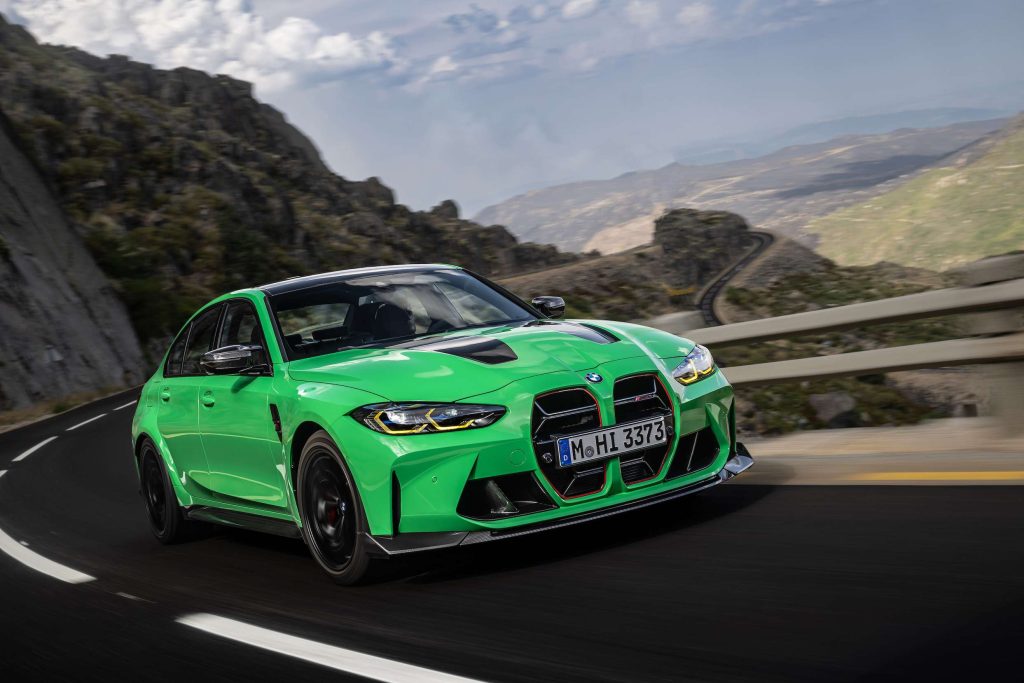
First and foremost, “wherever repairs are necessitated by defects in parts or labor, your local BMW service center is required to fix the issue at no direct cost to you.” This means any manufacturing defect discovered within the warranty term will be addressed without financial burden to the owner.
However, not all components fall under this umbrella. “This isn’t the case for parts that degrade as a result of wear and tear—like your brake pads or your filters, for example.”
Normal maintenance items are expected to wear down over time and are not covered under this warranty. Additionally, “improper use of the vehicle can damage parts and void your warranty, so you should make an effort to familiarize yourself with the information in your owner’s manual.”
It’s crucial to operate your BMW according to manufacturer guidelines to preserve your coverage. When your vehicle is delivered, it includes a warranty booklet, owners should review this document thoroughly for exact details or reach out to a BMW service department for clarification.
When it comes to Certified Pre-Owned (CPO) vehicles, BMW continues its strong warranty support in a way that mirrors its new vehicle offerings. Buyers of a CPO BMW receive the remaining balance of the original 4-year/50,000-mile warranty at the time of purchase.
Once that coverage expires, BMW extends protection for up to one additional year with no mileage cap. This extension allows owners to enjoy continued confidence in their purchase.
“Roadside assistance coverage continues to be complimentary for as long as you retain coverage,” ensuring that even pre-owned BMW drivers experience premium support throughout their ownership period.
2. Mercedes-Benz
Warranty: 4 years/50,000 miles (basic and powertrain)
Like BMW, Mercedes-Benz doesn’t go above the industry’s minimum standards. And when things go wrong post-warranty (which they often do with aging German luxury cars), owners find themselves buried under four-figure repair bills.
A luxury brand should offer more confidence than the bare minimum, especially considering the brand’s high purchase and ownership costs.
The standard Mercedes-Benz factory warranty offers coverage for material and craftsmanship defects for 48 months or 50,000 miles, whichever comes first. This coverage is quite comprehensive and includes the powertrain, corrosion, perforation, and roadside assistance, giving owners reassurance in their investment.
However, not every component is included under this warranty. The items not covered include “brake pads, wheel alignment and balancing, glass, wiper blades and inserts, and batteries for remote controls (including the keyless EASY ENTRY system).”
It’s also important to note that certain repairs might be denied depending on the nature of the damage. For instance, if your vehicle is damaged after “you drive through high water in Beckley after heavy rainfall,” the repairs won’t be covered under warranty.
Mercedes-Benz clearly defines exclusions based on how the damage occurs, emphasizing the importance of proper use and environmental awareness.
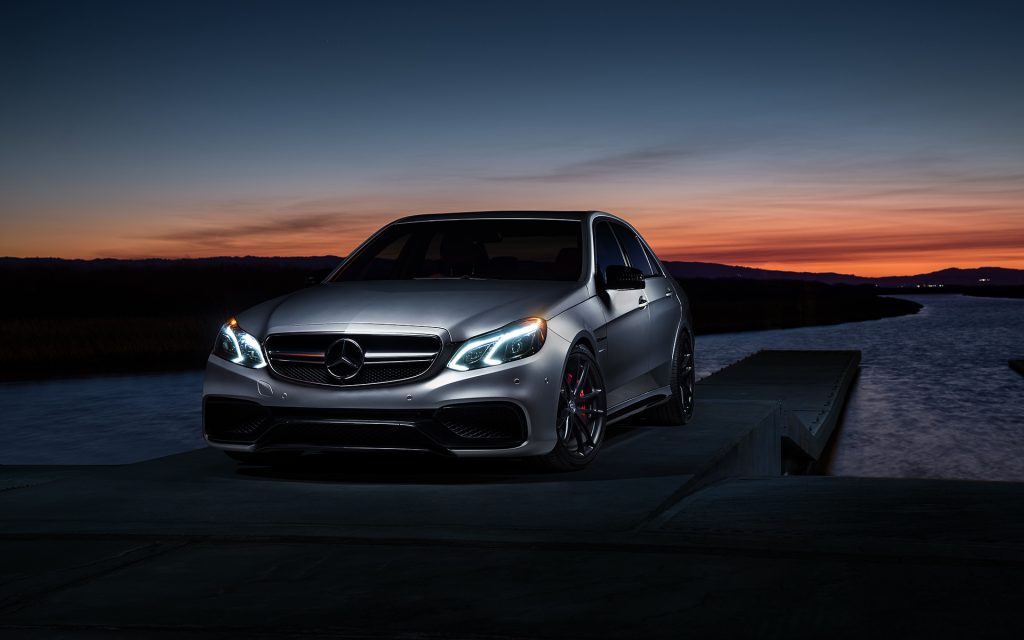
Once the original 50,000-mile factory coverage ends, owners have the option to continue protection with the Mercedes-Benz Extended Warranty. This program allows you to add one, two, or three years of additional coverage, extending the warranty up to a total of 100,000 miles.
This means your vehicle continues to receive expert care with factory-level diagnostic support, even after the original warranty has expired.For those purchasing a certified pre-owned Mercedes-Benz, coverage continues based on the remaining time or mileage of the New Vehicle Limited Warranty when the car is purchased or transferred.
Once that initial coverage ends, the Mercedes-Benz Certified Pre-Owned Warranty takes effect, offering an additional 12 months of protection with no mileage cap.
This coverage is designed to keep essential systems in top condition and includes components such as the engine, steering, suspension, brakes, electrical system, climate control system, and more. The aim is to provide extended peace of mind, even when you’re not driving a brand-new model.
3. Subaru
Warranty: 3 years/36,000 miles (basic); 5 years/60,000 miles (powertrain)
Subaru’s reliability reputation may offset some concerns, but its warranty coverage is on the stingy side, especially for a brand that builds all-wheel-drive systems and boxer engines with unique maintenance demands.
For owners who plan to keep their cars long term, this limited protection can become a real pain point after the third year or 36,000 miles.
When you purchase a new Subaru, it automatically comes with several built-in warranties. These warranties are designed to protect you against any issues related to the materials or workmanship involved in the manufacturing of your vehicle.
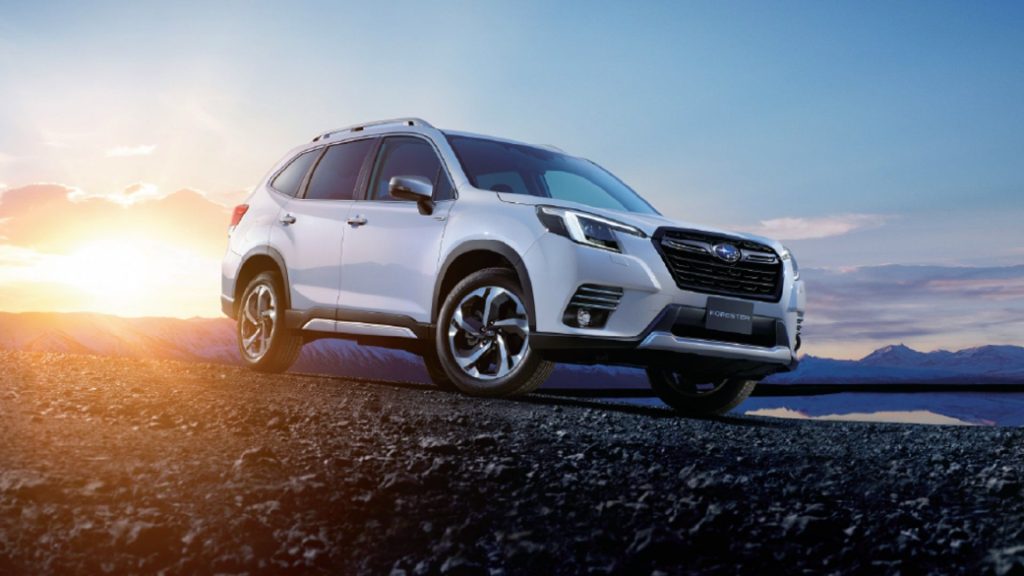
Subaru also provides a variety of extended warranty options that can prolong your coverage once the original warranties expire. As your trusted Subaru dealer, it’s important for us to help you understand what your new car warranty includes.
This warranty provides coverage for all systems and components in your Subaru. If any part of the vehicle is found to be defective, Subaru-trained technicians will repair or replace the affected component free of charge at an authorized dealership.
The coverage is valid for three years or 36,000 miles, whichever comes first. However, there are some exclusions to this warranty.
These include “damage caused by unauthorized parts or modifications, accidental damage, damage caused by lack of maintenance, and normal wear and tear.” Additionally, parts that come with their own individual warranties are not included under this general coverage.
This specific warranty applies to the vehicle’s powertrain, which includes vital systems such as the engine, transmission, and transaxle. It offers protection for five years or 60,000 miles, depending on which comes first.
4. Mazda
Warranty: 3 years/36,000 miles (basic); 5 years/60,000 miles (powertrain)
Mazda builds great cars with strong reliability scores, but the factory warranty doesn’t reflect that confidence. With no special coverage for advanced driver assistance tech or infotainment systems, owners may be paying out of pocket for fixes surprisingly soon. Given Mazda’s aspirations to be more premium, the short warranty feels increasingly out of place.
At Modern Mazda, we know that having peace of mind is a crucial part of buying a new car. That’s why Mazda provides a robust and comprehensive warranty program designed to protect your vehicle and your investment.
This article addresses some of the most frequently asked questions about Mazda’s warranty, helping you clearly understand what’s included and how it benefits you.
Mazda offers a bumper-to-bumper warranty that lasts for 3 years or 36,000 miles, whichever comes first. This warranty provides broad protection, covering major components such as the engine, transmission, drivetrain, and most electrical systems.
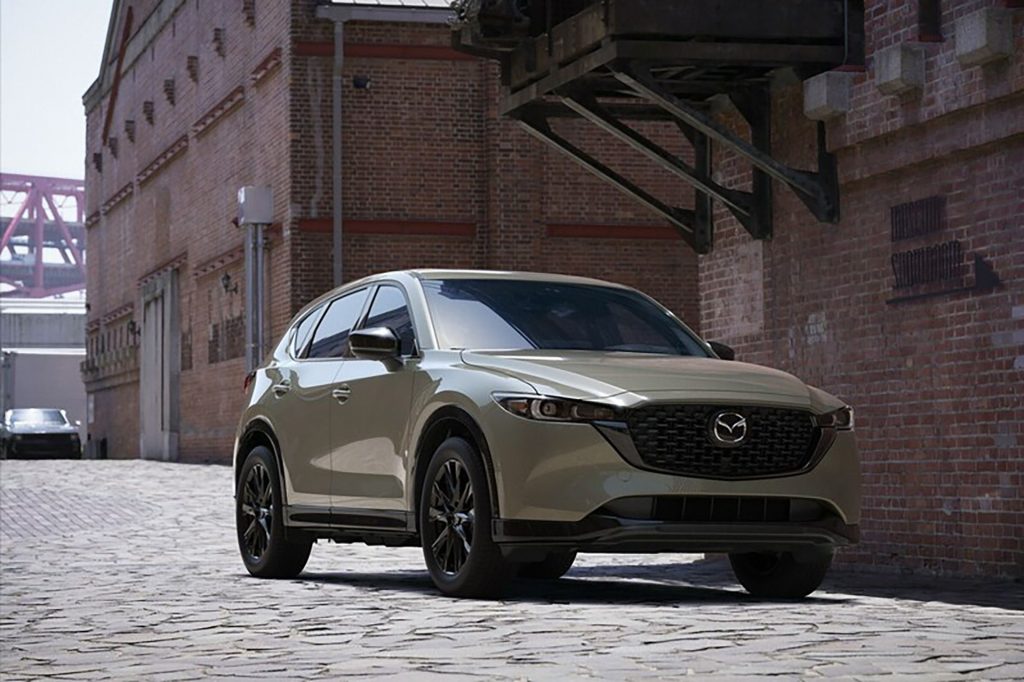
It ensures that, should something go wrong due to a defect in materials or workmanship, you’re not left footing the bill during that initial period of ownership.
Mazda has been consistent with its warranty program, continuing to offer the 3-year/36,000-mile bumper-to-bumper coverage across its lineup.
Although the core program has remained unchanged, Mazda does, from time to time, introduce “additional warranties or extended coverage options for specific models or circumstances.” These periodic enhancements can provide added incentives or protection depending on market demands or special promotions.
5. Toyota
Warranty: 3 years/36,000 miles (basic); 5 years/60,000 miles (powertrain)
Yes, Toyota is famous for bulletproof reliability, but its warranty is still below average. For the brand that sells on long-term value and low total cost of ownership, a better warranty would go a long way, especially when rivals like Hyundai and Kia are offering double the coverage.
Toyota does include 2 years/25,000 miles of free maintenance, which helps, but the limited coverage still leaves gaps that owners may not expect.
There are exclusions to keep in mind with this warranty. Routine cosmetic upkeep like cleaning and polishing is not covered.
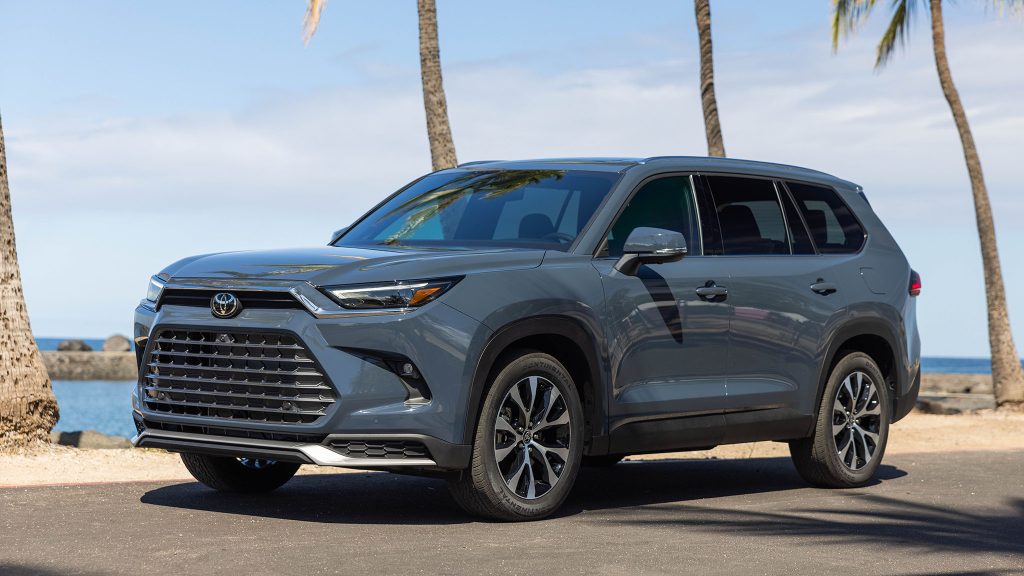
Additionally, any damage or failure resulting from abuse, neglect, misuse, unauthorized alterations or repairs, and environmental or situational impacts, such as severe weather, will not be eligible for warranty coverage. Accidents, crashes, and theft-related damages are also outside the scope of this warranty.
In addition to the basic warranty, Toyota offers a powertrain warranty that lasts for six years or 60,000 miles, whichever comes first.
For emissions-related parts, certain components like those in the exhaust system may be covered for an extended period of up to eight years or 80,000 miles, with the catalytic converter being a notable example. However, it’s important to know what’s excluded under this warranty.
For example, while Toyota doesn’t produce many manual transmission vehicles anymore, owners of these models should be aware that clutch linings are not covered. In addition, consumable parts such as spark plugs and fuses fall outside of the powertrain warranty’s scope, so it’s wise to keep that in mind when it comes to maintenance and repairs.
A vehicle’s factory warranty is more than just a marketing line, it can be the difference between a smart investment and an expensive headache.
Automakers like Hyundai, Kia, and Genesis have changed the game by offering bold, long-term coverage that shows real trust in their products. On the flip side, industry giants like BMW, Mercedes, and even Toyota lag behind, relying on brand strength rather than backing their vehicles with comprehensive support.
Before you buy, always consider how long the warranty lasts, what it covers, and what’s excluded because peace of mind shouldn’t expire after 36,000 miles.

